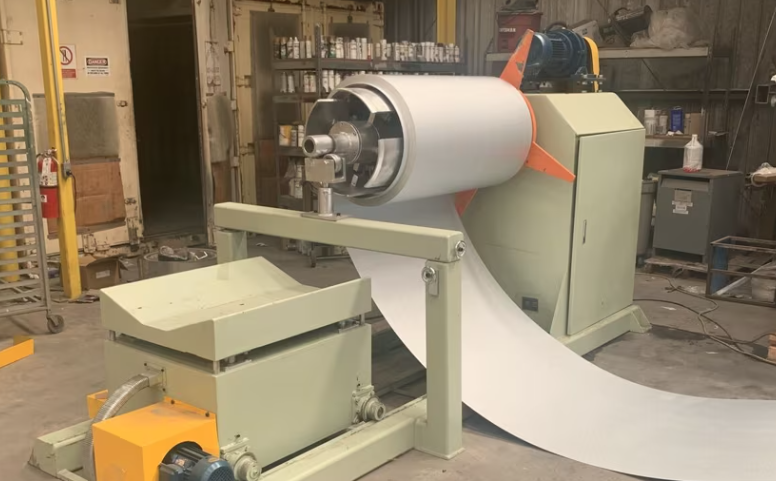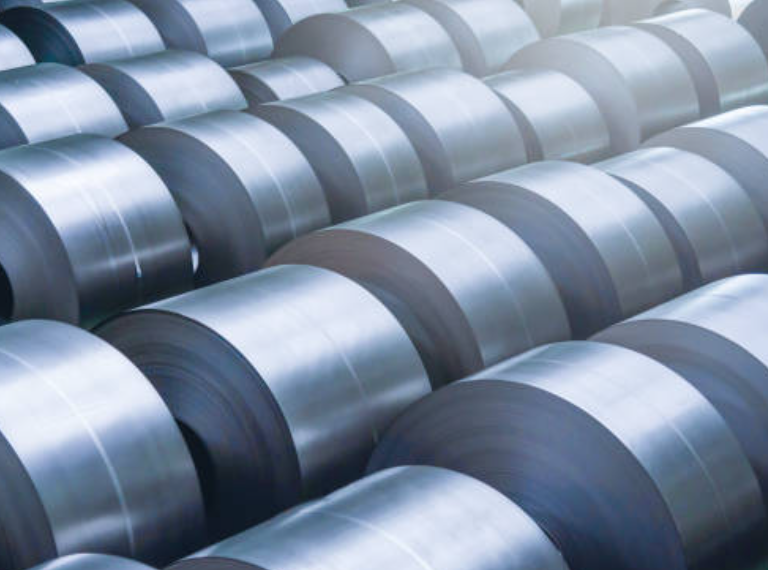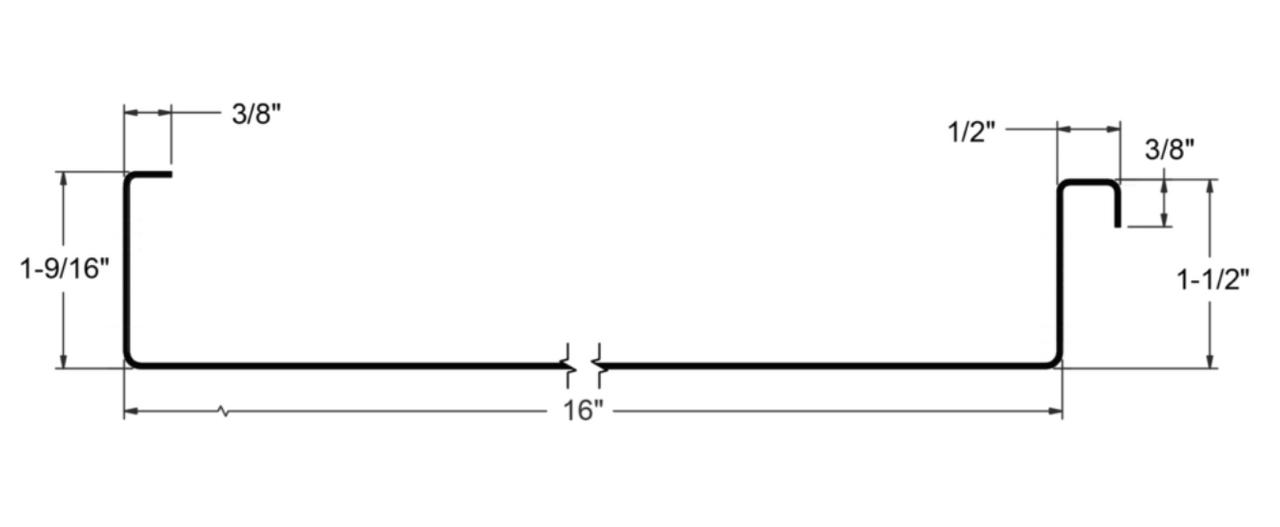
Posted on Monday, January 27, 2025
Hydraulic systems play a crucial role in the efficient operation of roll forming machines. Proper maintenance of hydraulic oil ensures smooth functioning, enhances machine longevity, and prevents costly downtime.
Hydraulic oil serves as the lifeblood of a roll forming machine's hydraulic system. It performs several essential functions:
Without proper maintenance, the hydraulic oil can degrade, leading to reduced system efficiency and potential machine failure.
Maintaining hydraulic oil is essential for the optimal performance of your roll forming machine. By following these guidelines and establishing a regular maintenance routine, you can protect your investment and ensure uninterrupted productivity. Remember, a proactive approach to hydraulic oil maintenance pays off in the long run by reducing costs and extending the life of your equipment.

Understanding Coil IDs, Mandrel Sizing, and Shear Pin Safety in Uncoilers
Posted on Wednesday, October 1, 2025
Mismatched sizes can lead to machine damage, downtime, and safety hazards — often evidenced by a shear pin failure.

How Coil Tensile Strength Affects Roll Forming and How to Adjust Your Machine
Posted on Wednesday, October 1, 2025
Changes in tensile strength can significantly affect the finished profile, causing misaligned bends, uneven edges, and out-of-spec parts.

Why Paint Cracks on an Embossing Line Running Pre-Painted Coil and How to Prevent It
Posted on Wednesday, October 1, 2025
This issue not only affects the visual quality of the product but can also lead to increased scrap rates and customer complaints.

The Most Popular Standing Seam Metal Roof Panels in the U.S. — A Comprehensive Guide
Posted on Monday, September 29, 2025
In this post, we’ll explore what panel styles and sizes are most popular in the U.S